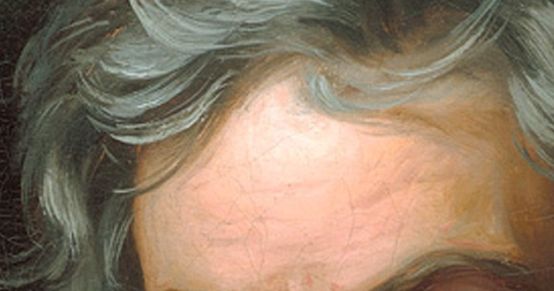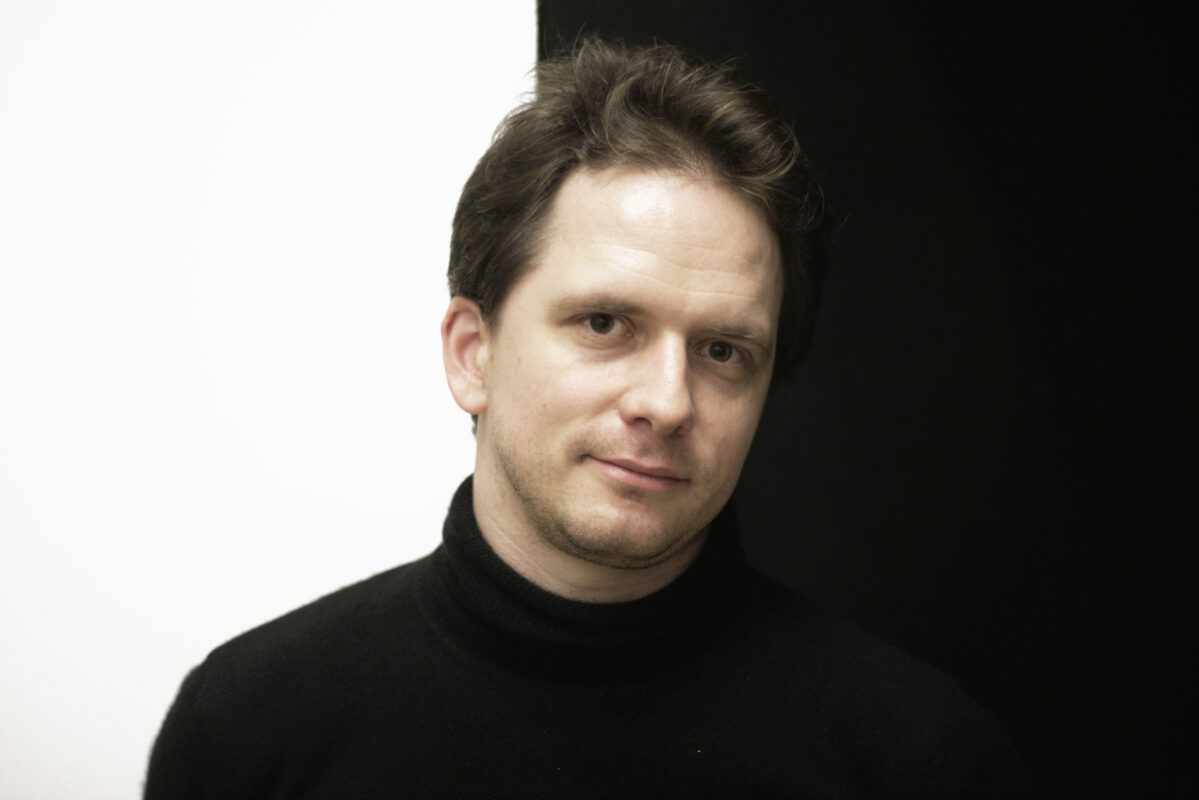Piano Sonata No. 32
Every Friday, Beethoven is here. To mark the 250th anniversary of Beethoven's birth, each week the Swiss Music Review takes a look at a different work from his catalog. Today, it's the Piano Sonata No. 32 in C minor.

Although written in 1821/22, and therefore far from being a "last work", the Piano Sonata No. 32 in C minor Op. 111 is shrouded in a mysterious aura. In 1859, in his biography of Beethoven, Adolf Bernhard Marx already entitled the corresponding chapter "Farewell to the Piano". Thomas Mann also alludes to it in his Doctor Faustus and, supported by Theodor W. Adorno and more factually precise, he diagnoses a "farewell to the sonata". A double farewell: that of Beethoven himself, but also a farewell to the genre, which no longer really managed to establish itself on the market. In 1839, Robert Schumann also took a sad look at the piano sonata: "The public hardly buys them, the publisher hardly prints them, and all sorts of reasons, perhaps even personal reasons, prevent composers from writing in this old-fashioned form.
The situation is of course (as is often the case) more complicated, especially as Beethoven's path to "farewell" is longer and more tortuous than that. The last Piano Concerto (op. 73), for example, was written as early as 1810, the last Piano Trio (op. 97) the following year. The Diabelli Variations (op. 120) were not completed until after the Sonata op. 111, as were the Bagatelles op. 126, some of which are highly experimental. What, then, of the descriptions that see this sonata as a "testament", a "profound music of the spheres", a "final spiritualization, a dissolution into space" or a "prelude to silence"? They're not specifically aimed at Beethoven, nor at a contemporary source. They are a way of putting into words the feelings that music evokes, and they express musical language and expression better than a purely analytical or technical description ever could.
In fact, these poetic interpretations have little to do with the first movement, whose stormy central idea is elaborated polyphonically. Instead, they focus on the second (and final) movement - an arietta with variations in which the material is not only nuanced, but often transcended into pure sound.
Aufnahme auf idagio
Keeping in touch
A weekly newsletter reveals the latest column on line. You can subscribe by entering your e-mail address below, or by subscribing to our RSS feed.








